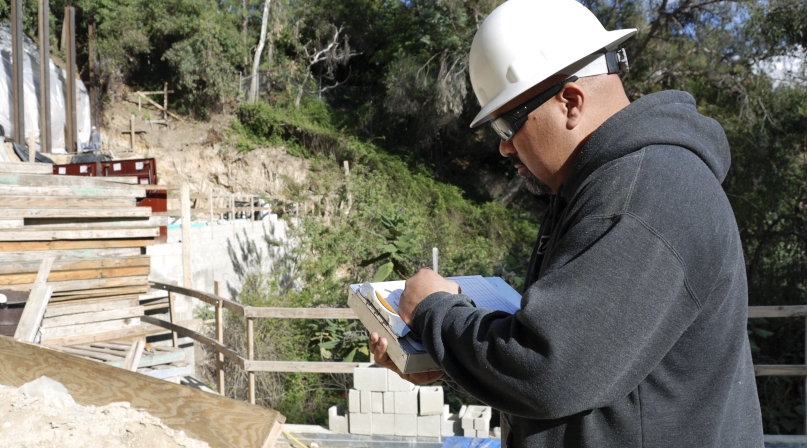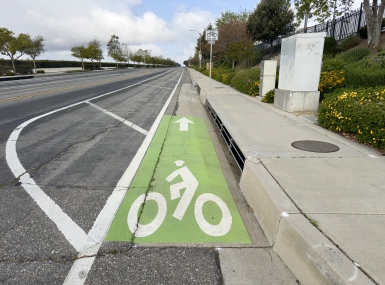FEMA’s BRIC program allocates $137 million for building codes
Upcoming Events
Related News

Key Takeaways
As communities continue to grapple with the implications of climate change, the need for resilient infrastructure has never been more critical. This urgency has been recognized at the federal level, manifesting in an increased emphasis by FEMA and the White House on ensuring that federally assisted infrastructure and infrastructure grant recipients utilize up-to-date building codes. To aid jurisdictions working to meet these criteria, FEMA just announced a remarkable financial boost aimed at fostering robust building code adoption and enforcement. Communities can utilize this funding to advance hazard-resistant construction while increasing their competitiveness for future infrastructure grants.
A glimpse into the funding windfall
This fiscal year, FEMA's Building Resilient Infrastructure and Communities (BRIC) program is allocating $137 million specifically for building code activities under a new 'Codes Plus Up' program. This funding avenue is structured to provide up to $2 million per state and territory and $25 million for tribal communities, all aimed at supporting communities seeking to adopt or update their codes to more current editions and improve their implementation. These grants support communities seeking to bolster their competitiveness for the bulk of BRIC funding — hundreds of millions in competitive grants for mitigation projects. Of the technical factors FEMA evaluates in ranking projects, resilient codes provide one the greatest boosts.
The crux of building code adoption
FEMA views the adoption and effective implementation of current, hazard-resistant building codes as one of, if not the most, effective resilience measures. The Agency previously found that widespread adoption of current editions of the International Codes® (I-Codes®) could avoid $600 billion in losses from earthquakes, hurricanes, and flooding. The National Institute for Building Sciences found that adopting current I-Codes® editions saves $11 for every $1 invested through earthquake, flood, and wind mitigation benefits, while retrofitting 2.5 million homes in the wildland urban interface to the International Wildland Urban Interface Code® could provide a nationwide benefit-cost ratio as high as $8:1.
Navigating the funding landscape
The allocation under the Codes Plus Up is not just a financial resource; it's a call to action for states, territories, and tribal communities to fortify their built environment. The range of eligible activities for BRIC funding encompasses:
- Acquisition of print or online publications to bolster building code activities.
- Training and certification for code officials, inclusive of programs like the International Code Council’s When Disaster Strikes Institute.
- Technological upgrades like electronic permitting, virtual inspection technology, and remote building codes administration.
- Building department accreditation and consulting services for activities related to building codes, including adoptions and updates.
Webinar: Accessing FEMA's dedicated $137M for code-related BRIC grants
To ensure communities are well-equipped to leverage these resources, the Code Council held a webinar featuring FEMA’s BRIC program lead. This session provided a detailed walkthrough of the BRIC program, its application process, and how to align your department's needs with the funding criteria.
Ready to dive in?
The journey towards securing BRIC funding begins with understanding the pre-application deadline in your state — some of which could be just weeks away — identifying your jurisdiction’s building/fire department's needs, and initiating conversations with your states’ Mitigation or Emergency Management Officer. State applications are due to FEMA by Feb. 29, 2024. The Code Council is tracking state-specific timelines at www.iccsafe.org/bric. Local governments must apply for BRIC funding through their states.
Need more insights or assistance in framing your grant application? Reach out to federalgrants@iccsafe.org or schedule a consultation with the Code Council’s energy and resilience project manager, Stella Carr.
Additional information is available in the FY2023 BRIC program fact sheet, while general questions about the BRIC program can be directed to the appropriate State Hazard Mitigation Officer or FEMA Regional Office.
As we delve into this new chapter of bolstered resilience, the pathway carved by the Codes Plus Up initiative under BRIC is an invitation to build a safer, more sustainable future.
Webinar
Local Regulations, Building Codes, and Fees: Improving County Regulation Systems to Enhance Efficiency
In this session, three NACo Housing Task Force members will discuss actions they have taken to improve counties’ regulation system to enhance efficiency and affordability.

Related News

County Countdown – April 21, 2025
Every other week, NACo's County Countdown reviews top federal policy advocacy items with an eye towards counties and the intergovernmental partnership. This week features the ARPA reporting deadline, a budget reconciliation update and more

Congress reintroduces bipartisan legislation for bike and pedestrian safety funding expansion
In March, lawmakers in the House and Senate reintroduced the bipartisan Sarah Debbink Langenkamp Active Transportation Safety Act. The legislation honors Sarah Debbink Langenkamp, a former U.S. diplomat and mother of two who was tragically killed while biking home in Bethesda, Md., just weeks after being evacuated from Ukraine in 2022.

FY 25 Update: USDOT announces $982 million through Safe Streets and Roads for All Grant Program
On February 21, the U.S. Department of Transportation announced the availability of $1.2 billion through the Safe Streets and Roads for All competitive grant program in Fiscal Year 2024 for transportation safety planning or construction projects.